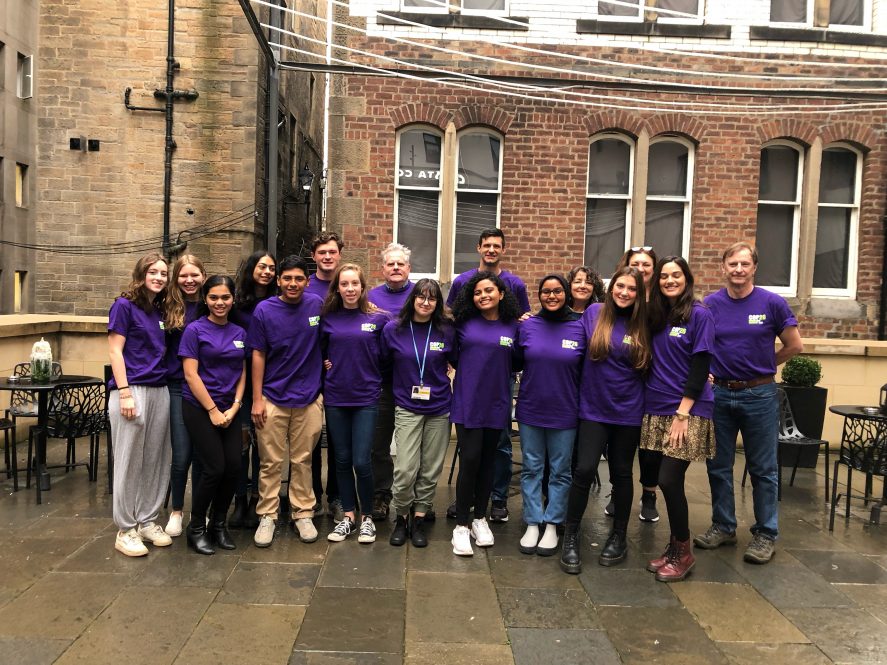On a train to Glasgow, the woman across from me pulls out a long cotton swab and sticks it up her nose. I realize that this global climate change summit will be different than the others I’ve attended.
A year ago, things were looking better for action on climate change. After pulling out, the US would rejoin the Paris Agreement to limit global warming to 1.5C and reengage in global climate negotiations at the 26th United Nations summit on climate change. This summit, called COP26 for short, was going to be important – perhaps as important as the one that spawned the 2015 Paris Agreement.
Instead, a cough spread around the world and COVID-19 would cancel COP26. Meanwhile, the world would continue to warm, reaching 1.1 C above preindustrial levels and ushering in a new era of extreme droughts, floods, storms, and heatwaves.
After a year’s pause, the COP is back and so is UConn@COP, bringing one of the largest contingents of university students to the event. The students come from disciplines ranging from economics and ecology to sociology and civil engineering. Each student is a leader on campus and in their communities.
But, yeah, things are different. Besides our morning coffee, we now perform the ritualistic swabbing of the inner nose. We drop the cotton swab into a chemical vial and squeeze the clear liquid onto a white plastic strip. We watch our chemically treated nose juice travel across test paper, magically revealing red lines along the way. One line says go. Two lines says stop, quarantine. We register 19 red lines for 19 people each morning and enter the biggest summit ever held in the United Kingdom.
Inside is a carnival of climate change chaos. People from around the world chatter in every language. Negotiators rush from meeting to meeting. Scientists and policymakers provide updates, and discussions can be found on just about any topic. Countries and organizations host pavilions large and small, as well as associated lectures and events. The press run around with cameras and microphones. Politicians roam the halls. It’s just as likely to see Nancy Pelosi walking next to you as it is to see someone from UConn.
As of now, the outcome of the conference is still uncertain. Many negotiation meetings have suddenly become closed or are taking place in the corridors or over late-night dinners. We do know that many countries have committed to further reductions, but still not enough to reduce warming to 1.5C. The proposed accords would require countries to evaluate commitments every year, phase out coal, and reach net zero by mid-century. The outcome will likely be better than anything in the last four years, but not as good as Paris.
Despite the risk, our attendance is critical. Not only can we play our assigned roles as observers and encouragers of the U.N. process, but we are creating the future leaders that will solve the climate crisis. Our students have been on U.N. panels on youth action, chatted with Alexandria Ocasio-Cortez, pressed world leaders on their plans for reducing greenhouse gases, attended high-level negotiations to understand how world governance works, and gained the knowledge and the confidence to address climate change on the world stage.
As we rumble away from Glasgow on the night train, we do so with masked hope. There is no vaccine for climate change, but we already have the solutions. We just need to convince the world to implement them. And our students are ready to take the lead.



